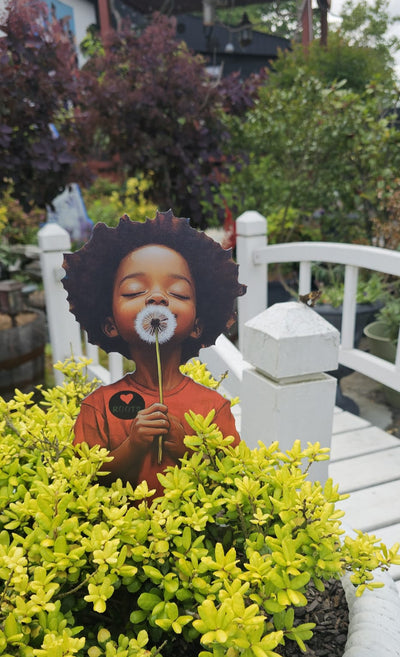BAIA BITS: Mary Edmonia Lewis
BAIA BITS
In the winter of 1862, mere months after the beginning of the Civil War, Oberlin student Mary Edmonia Lewis made plans to go sleigh riding later that day with two of her Oberlin classmates and several young men. The 18-year-old was likely looking forward to the fun given, as an early African American student, Lewis was subject to the daily racism and discrimination coming from both her school and the surrounding town of Oberlin, Ohio.
However, the fun never happened as both her white friends fell gravely ill after drinking wine. Upon examination by local doctors, they concluded the teens had ingested some sort of poison and Lewis quickly became a suspect. News of the incident soon spread throughout the state and, one night, while walking home from class, the teenager was attacked by a gang of white men, savagely beaten, dragged into an open field, and left for dead.

Forever Free by Edmonia Lewis
Though she survived, Lewis was arrested by local authorities and charged with the poisoning of her friends. At the subsequent trial, Lewis was represented by Oberlin College alum and the first African American lawyer in Ohio, Mercer Langston. The charges were eventually dismissed due to a lack of evidence given the contents of the victims’ stomachs had never been analyzed. Still, Lewis’ term at Oberlin did not get any easier as she was falsely accused and acquitted of additional crimes before being removed from the school in 1863 without the opportunity to graduate.
Born free in what some sources believe to be 1844, in upstate New York, Lewis was the daughter of a Black father and part-Ojibwa mother. Orphaned at an early age, it is believed she was raised by relatives before being sent to Oberlin Academy Preparatory School in anticipation of her time at the Ohio college. There, her artistic skills began to emerge, largely inspired by the growing abolitionist movement nationwide. After her removal, Lewis relocated to Boston where she befriended such prominent individuals as abolitionist William Lloyd Garrison and sculptor Edward Brackett. Brackett taught her sculpture and Lewis soon opened her own studio where she made a name for herself in the early 1860s by producing clay and plaster medallions of Garrison, John Brown, and other famed abolitionists. In 1864, after making a much-acclaimed bust of Colonel Robert Shaw, the Civil War hero who died leading the all-Black 54th Massachusetts Regiment, Lewis took her earnings and moved to Rome, Italy to join other American artists working abroad.
In Rome, over several decades, Lewis produced a number of important works including the noted sculpture, “Forever Free,” portraying a Black couple emerging from the bonds of slavery. Another was “The Death of Cleopatra,” which she traveled to exhibit at the Philadelphia Exposition in 1876 and in Chicago two years later. However, she returned to Italy without the critically acclaimed, two-ton sculpture given she couldn’t afford the shipping costs.
Edmonia Lewis continued to produce art up until her death in 1907. Several of her pieces now grace the permanent collections of the Howard University Gallery of Art and the Smithsonian American Art Museum.
BAIA BITS are produced in part by the generous support of our Patreon members with a special shout out to Zadig & Voltaire.
























